Introduction
Sustainable agriculture is critical for meeting the growing global demand for food while preserving natural resources and mitigating environmental impacts. Innovations in agricultural technologies and practices are driving significant advancements in sustainability, enabling farmers to enhance productivity, reduce resource use, and improve resilience to climate change. In this article, we’ll explore the latest innovations in sustainable agriculture and their potential to revolutionize farming practices for the future.
Precision Agriculture
Precision agriculture leverages technology such as GPS, sensors, drones, and machine learning algorithms to optimize crop management practices. Key features include:
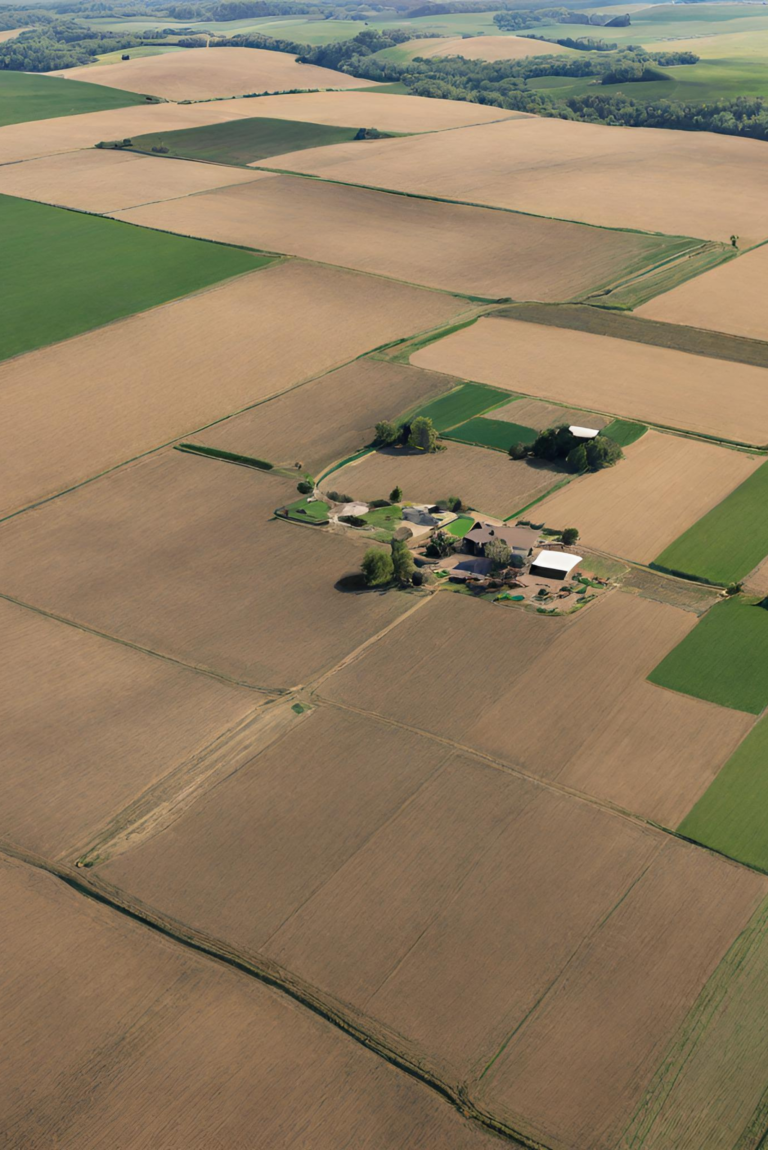
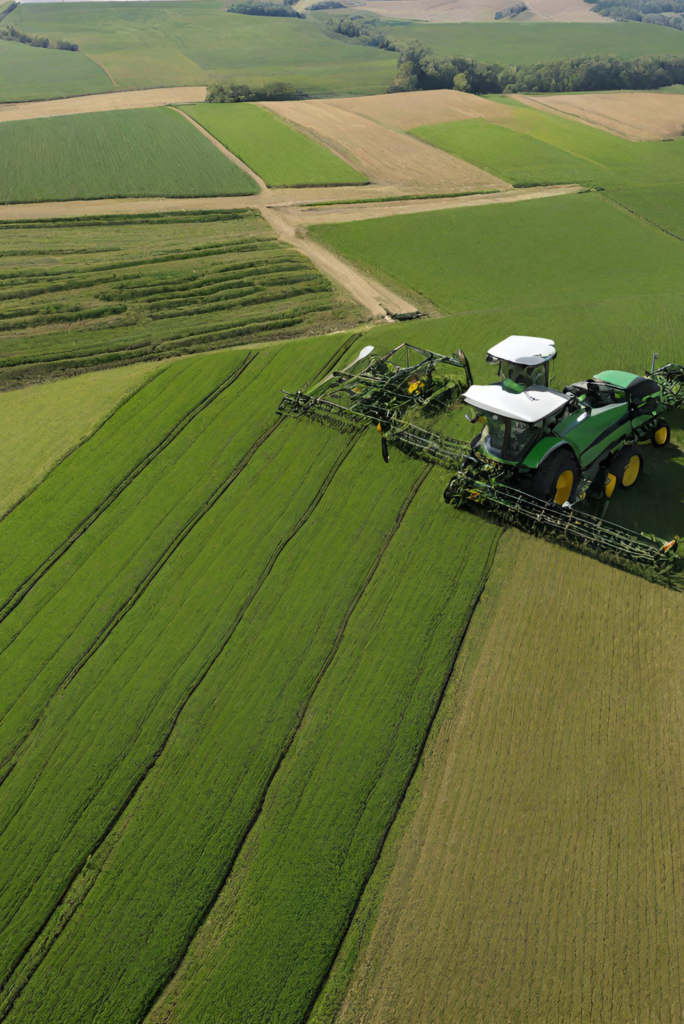
Remote Sensing: Satellite imagery and drones provide real-time data on crop health, soil moisture levels, and nutrient deficiencies, allowing farmers to make informed decisions about irrigation, fertilization, and pest management.
Variable Rate Technology (VRT): VRT enables precise application of inputs such as water, fertilizers, and pesticides based on spatial variability within fields, reducing waste and environmental impact while improving crop yields.
Automated Machinery: Autonomous tractors and robotic equipment can perform tasks such as planting, spraying, and harvesting with high precision, minimizing soil compaction and fuel consumption while increasing efficiency.
Agroecology and Regenerative Agriculture
Agroecology and regenerative agriculture focus on enhancing ecosystem health and resilience through practices such as crop rotation, cover cropping, and agroforestry. Key features include:
Soil Health Management: Cover crops, composting, and reduced tillage improve soil structure, fertility, and water retention, reducing erosion, nutrient runoff, and greenhouse gas emissions.
Biodiversity Conservation: Hedgerows, buffer strips, and polyculture systems promote biodiversity by providing habitat for beneficial insects, birds, and soil microorganisms, enhancing natural pest control and pollination services.
Carbon Sequestration: Agroforestry and perennial crops sequester carbon dioxide from the atmosphere and store it in biomass and soil organic matter, mitigating climate change while improving soil fertility and water management.
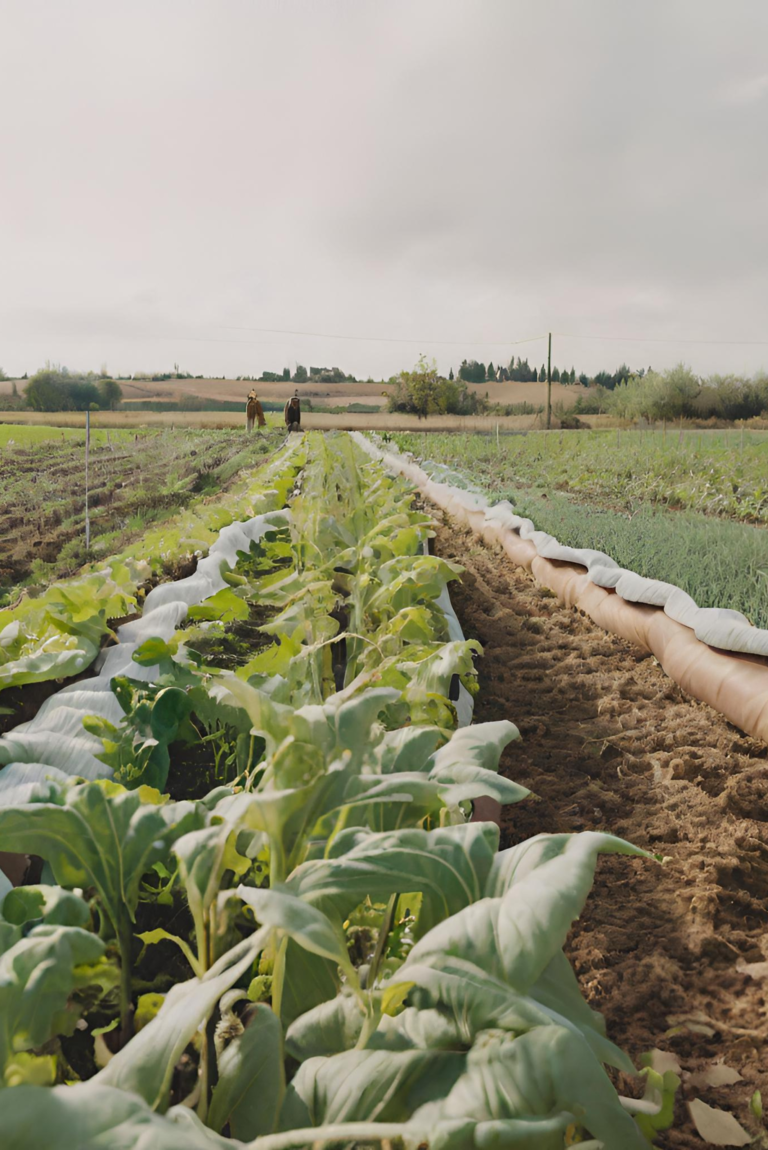
Controlled Environment Agriculture (CEA)
Controlled environment agriculture involves growing crops indoors or in controlled environments such as greenhouses, vertical farms, and aquaponic systems. Key features include:
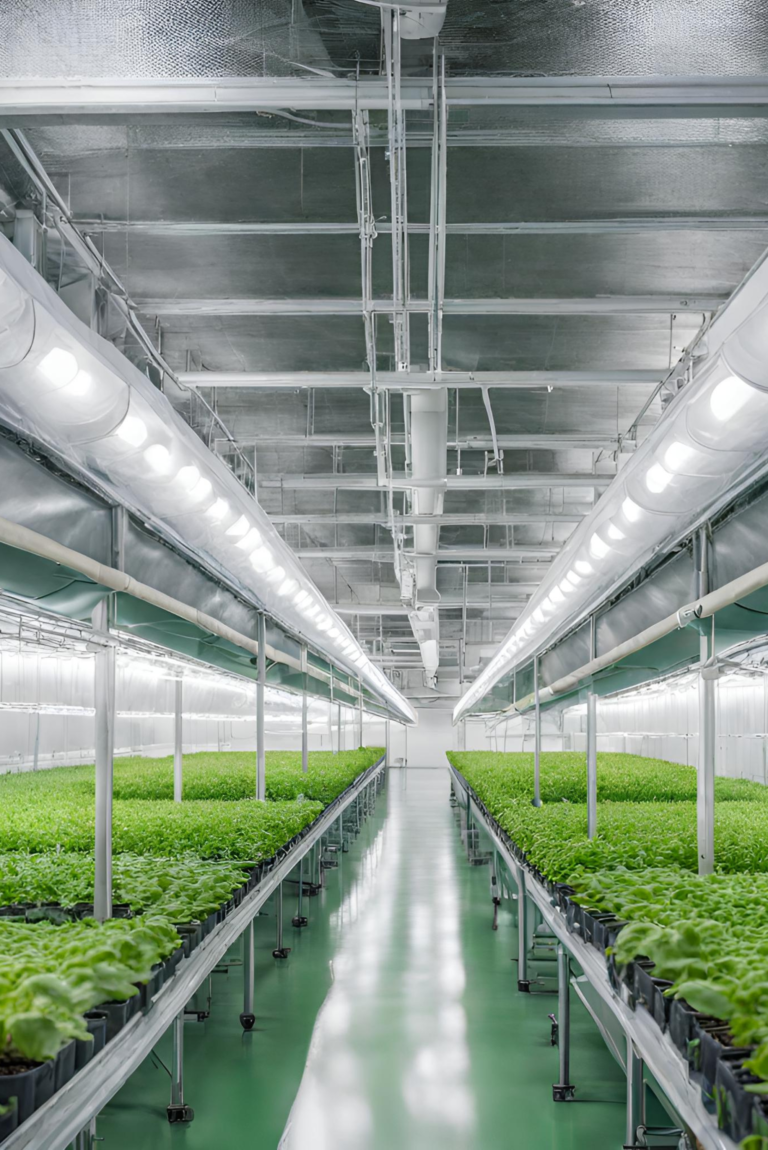
- Climate Control: Automated systems regulate temperature, humidity, light intensity, and CO2 levels to create optimal growing conditions year-round, increasing crop yields and quality while reducing water and energy consumption.
- Water Management: Hydroponic and aeroponic systems recirculate water and nutrients, minimizing water usage and nutrient runoff while maximizing nutrient uptake and crop productivity.
- Pest and Disease Management: Integrated pest management (IPM) strategies, such as biological control agents and cultural practices, minimize the need for synthetic pesticides, reducing chemical residues and environmental pollution.
Biotechnology and Genetic Engineering
Biotechnology and genetic engineering enable the development of crops with enhanced traits such as drought tolerance, pest resistance, and nutritional content. Key features include:
Genetic Modification: Genetically modified (GM) crops are engineered to express traits such as herbicide tolerance or insect resistance, reducing the need for chemical inputs and increasing crop yields in challenging environments.
Gene Editing: CRISPR-Cas9 and other gene editing techniques allow precise modifications to plant genomes, accelerating the development of new crop varieties with desired traits while bypassing regulatory hurdles associated with traditional GM crops.
Trait Stacking: Multi-trait crops combine multiple beneficial traits, such as disease resistance and nutritional fortification, in a single variety, providing farmers with comprehensive solutions to productivity and sustainability challenges.
Digital Agriculture Platforms
Digital agriculture platforms integrate data analytics, decision support tools, and connectivity solutions to optimize farm management practices and supply chain operations. Key features include:
Farm Management Software: Cloud-based platforms collect and analyze data from sensors, equipment, and weather stations to generate insights and recommendations for crop planning, input optimization, and risk management.
Supply Chain Traceability: Blockchain technology enables transparent and traceable supply chains, allowing consumers to track the origin and journey of agricultural products from farm to fork, ensuring food safety, quality, and sustainability.
Market Access and Financial Services: Digital platforms provide farmers with access to markets, pricing information, and financial services such as loans, insurance, and payments, empowering them to improve market efficiency, reduce risks, and increase profitability.
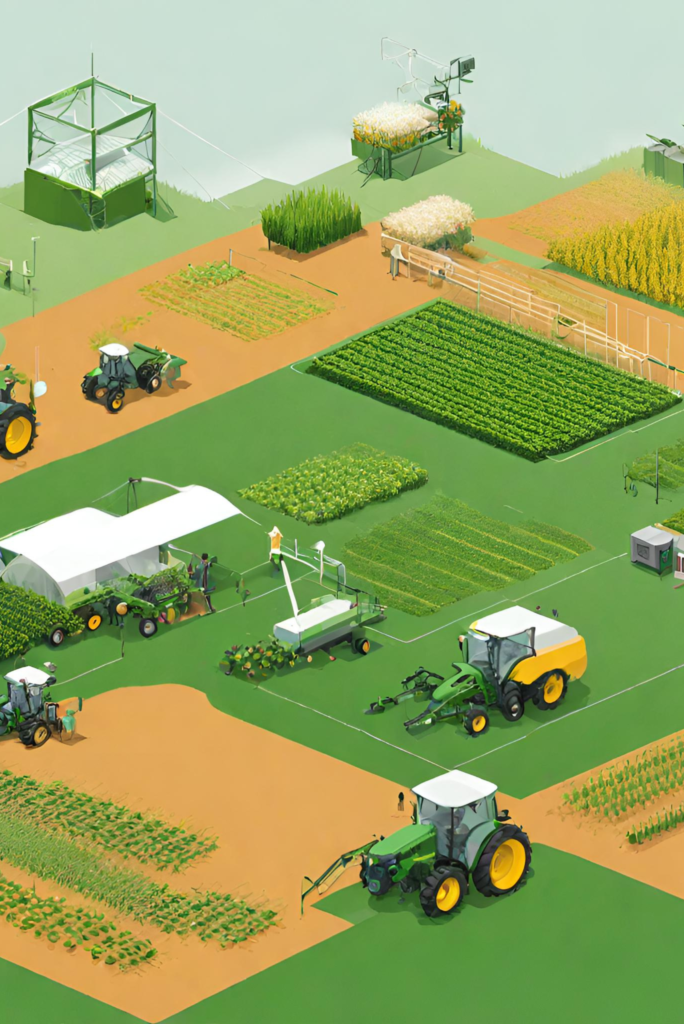
Conclusion
Innovations in sustainable agriculture are transforming farming practices and driving positive environmental, social, and economic outcomes. By embracing technologies such as precision agriculture, agroecology, controlled environment agriculture, biotechnology, and digital platforms, farmers can enhance productivity, resilience, and sustainability while reducing resource use, environmental impact, and food waste. As we look towards the future, continued investment in agricultural innovation and adoption of sustainable practices will be essential for ensuring food security, environmental stewardship, and economic prosperity for generations to come.



